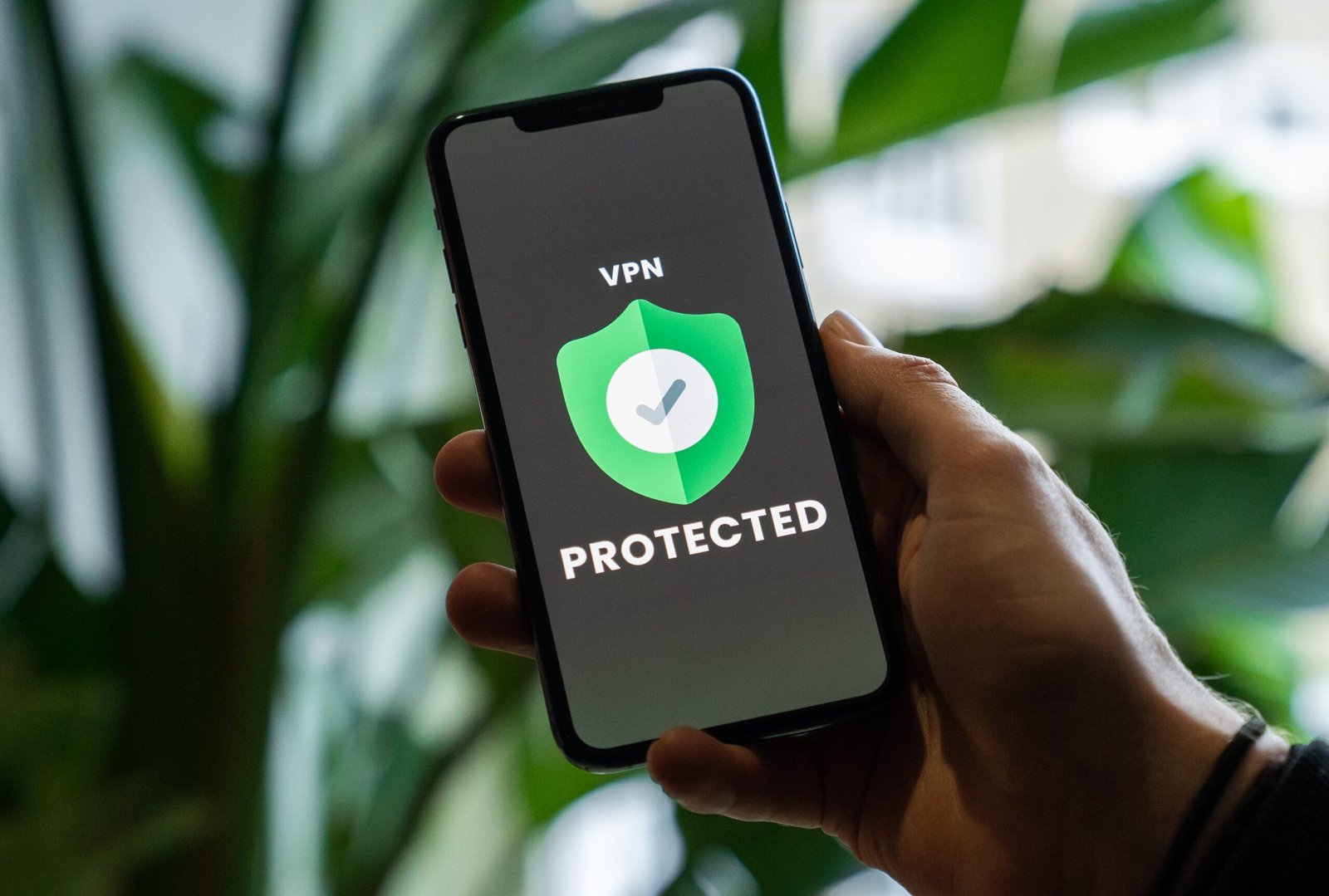Have you ever wondered how secure your online presence is?
With so much personal information stored on the internet, it’s important to consider the potential risks of cyber attacks.
Whether you’re browsing social media, shopping online, or simply checking your email, you could be putting yourself at risk without even realizing it. That’s why we’ve put together this essential guide to help you navigate the world of cyber security and stay safe online. So, let’s dive in and learn how to better protect ourselves in the digital age!
Cybersecurity: Importance, Risks, and Best Practices
Cybersecurity is the practice of protecting computer systems, networks, and data from unauthorized access or criminal use. In our increasingly digital world, cybersecurity has never been more important.
As more and more sensitive information is stored and shared online, the risks from cyber attacksgrow exponentially. A successful cyber attack can result in data breaches, identity theft, financial fraud, and disruptions to critical infrastructure.
In this post, we’ll take a high-level look at the world of cybersecurity. We’ll also discuss the skills and best practices individuals and organizations should adopt to better protect themselves.
By the end, you’ll have a solid understanding of what cybersecurity is, why it matters, and how we can work together to create a safer, more secure digital future for all. So, buckle up, cybersecurity is a fast-moving domain!
Common Cyber Threats
Cyber threats are constantly evolving, but there are some common methods that cybercriminals use to target individuals and organizations. Being aware of these threats can help protect you online.
Malware
Malware refers to malicious software that is designed to infect devices and systems. This includes viruses, worms, trojans, spyware, adware, and ransomware. Malware can delete files, steal data, take control of the device, or encrypt files until a ransom is paid. It often spreads through phishing emails, infected websites, or malicious downloads. Using antivirus software and being cautious about downloading files can help prevent malware infections.
Phishing
Phishing involves fraudulently obtaining personal information through deception. Phishing emails, websites, or phone calls pretend to be from a legitimate company and request sensitive information like passwords or bank details. These messages often have a sense of urgency and threaten consequences if ignored. Checking for spelling errors, inconsistent URLs, and unsolicited requests can help identify phishing attempts.
Insider Threats
Insider threats come from within an organization, often from employees or contractors with authorized access to systems and data. This could involve intentional data theft, accidental data leaks, or employees falling for phishing scams. Monitoring systems for suspicious activity, limiting access, and training employees on security best practices help protect against insider threats.
Impacts of Cyber Attacks
Cyber attacks can have severe impacts on individuals, businesses, and governments. Some of the major impacts include:
Financial
Reputational
Productivity
Legal
Privacy
Cybersecurity Skills Needed
Cybersecurity professionals require a diverse skill set to protect organizations from ever-evolving digital threats. Technical skills are crucial, but soft skills like communication, analytical thinking, and ethics are equally important.
Technical Skills
Communication Skills
Analytical Skills
The combination of technical expertise and soft skills enables cybersecurity professionals to effectively secure organizations against modern cyber threats.
Cybersecurity Solutions
Cybersecurity is crucial for any organization to protect their data and systems. Various solutions can help safeguard against cyber threats:
Best Practices for Cybersecurity
Cybersecurity best practices involve taking proactive steps to secure your devices, accounts, and data. Here are some key best practices individuals and organizations should follow:
All in all, Cybersecurity has become an increasingly important issue as more of our lives move online. While cyber-attacks can have devastating consequences, there are ways for individuals and organizations to protect themselves.
The internet has revolutionized communication, business, and society. But it has also facilitated new types of criminal activity. As we enjoy the benefits of this interconnected world, we must commit to securing cyberspace for the common good. The conclusions drawn here can help guide us toward a future built on cybersecurity and trust.


